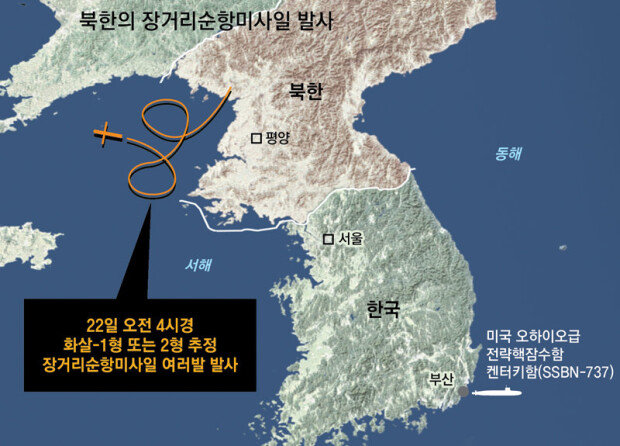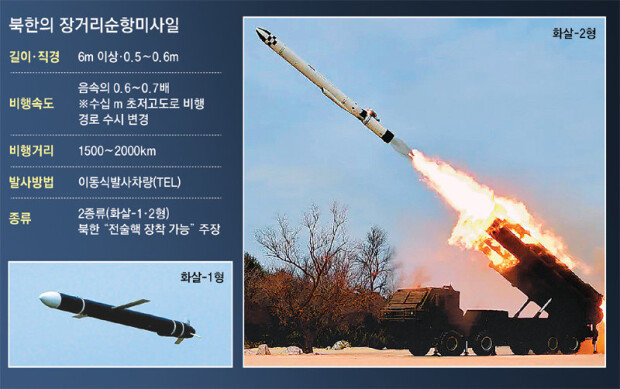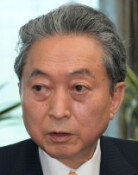Pyongyang launches three to four cruise missiles early Saturday morning
Pyongyang launches three to four cruise missiles early Saturday morning
Posted July. 24, 2023 07:49,
Updated July. 24, 2023 07:49


It has been confirmed that North Korea fired several long-range cruise missiles, presumed to be the North Korean version of the Tomahawk, into the Yellow Sea early Saturday morning. This came two days after the regime menacingly argued that the arrival of the Ohio-class nuclear ballistic missile submarine USS Kentucky (SSBN-773) in Busan qualifies it to deploy nuclear arms. Military authorities analyzed that it carried out a surprise nuclear provocation unexpectedly in the wee hours just three days after launching two SRBMs, highly assumed to be the North Korean version of the Iskander (KN-23), into the East Sea early on Wednesday morning. South Korea and the United States also keep a close eye on the regime as it has shown signs of holding a large-scale military parade on July 27 that marks the signing of the Korean Armistice Agreement, which has been arbitrarily proclaimed and celebrated as Victory Day in North Korea.
From 4 a.m. on Sunday, several cruise missiles were fired from inland North Korea into the Yellow Sea, announced by the South Korean military on Sunday. Seoul and Washington looked into details of the missiles as captured by satellites and early warning and control systems, concluding that the regime launched three to four Hwasal-1 or Hwasal-2 missiles, known as North Korea's "Tomahawk.” South Korea and Japan are within the range of both missiles. Pyongyang presumably implied that it could anytime perform a nuclear strike on the Korean peninsula and U.S. military bases in Japan, where the Time-Phased Force Deployment Data (TPFDD) is planned, according to the military.
To be specific, the regime fired the KN-23 into the East Sea last Wednesday considering the distance from the Sunan District of Pyongyang to the Busan Naval Base where the Kentucky arrived, which is seen as a supposed threat to deploy tactical nuclear weapons, no matter which missiles are, against U.S. extended deterrence forces.
“Right after North Korean Defense Minister Kang Sun-nam said intimidatingly last Thursday that Washington's palpable increase of strategic assets, including the SSBN that arrived in Busan, the regime apparently intended to perform multiple mock nuclear exercises involving cruise missiles to target major facilities in South Korea and U.S. military bases in Japan.
The regime is expected to continue to carry out provocations in response to the strengthening of extended deterrence, including the establishment of USROK NCG and the arrival of the SSBN. The military will watch the situation closely, given that the regime is highly likely to execute further provocations or armed protests to show off its advancements in nuclear arms around this Thursday.
Sang-Ho Yun ysh1005@donga.com







